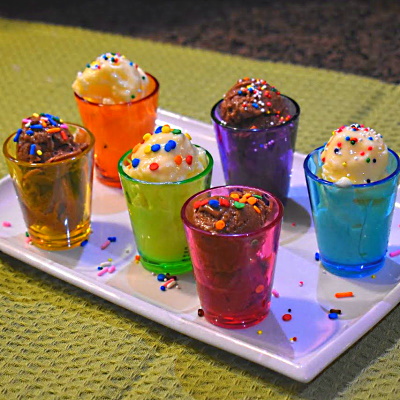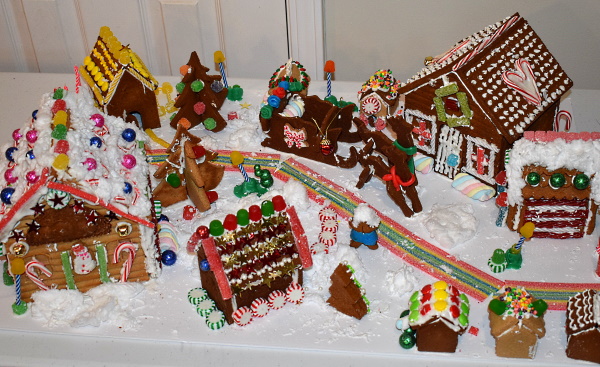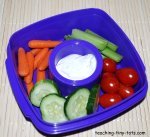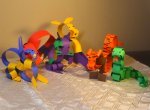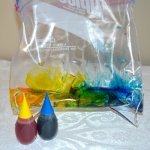- Home
- Science Activities
- Ice Cream
Making Ice Cream
Description
Making Ice Cream is one of my favorite recipes that I did in my classroom as a fun Science activity on Liquids and Solids. It requires just a few ingredients and some shaking to make this treat.
Ingredients for Ice Cream
- 1 box Jello instant pudding (Chocolate or Vanilla) (Double recipe for a classroom)
- Ice Cubes
- 1/4 cup sugar
- 2 cups milk
- 1 cup Half and Half
- Salt (ice cream salt recommended, they sell this at Walmart and most grocery stores)
- Candy Sprinkles or Chocolate Syrup
Other Materials
- 2 Quart Heavy Duty Freezer Bags, 2 Heavy Duty Gallon Zip Lock Bags (use good strong bags for this activity or you may have leaks)
- Whisk
- Large Mixing Bowl
- Ove Gloves or oven mitts (to handle the cold bags)
Steps
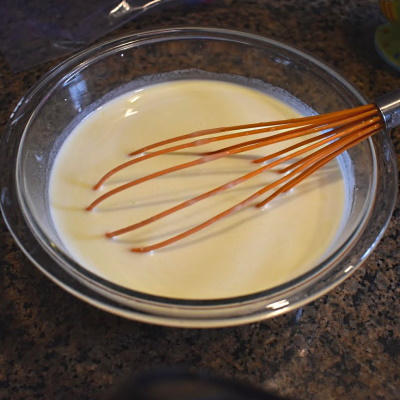
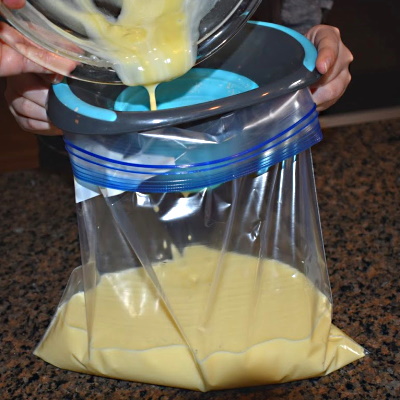
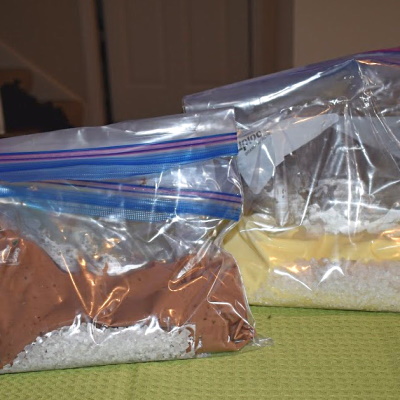
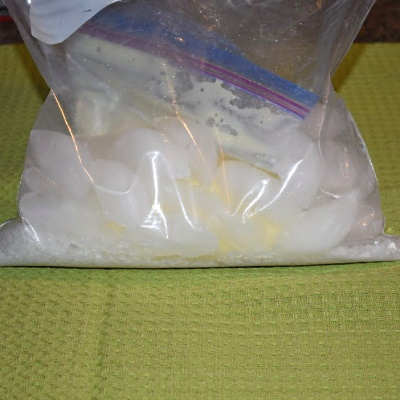
Tips and Suggestions
- Not necessary but you could chill in the freezer for 15 minutes before shaking to expedite the process.
- It gets very cold so using ove gloves or oven mitts and shaking the bag using two hands was a lot more efficient in making the ice cream than just holding the top of the bag and shaking.
- Line up ingredients on table to help reinforce sequencing skills.
- Have the recipe written out and point out ingredients and steps as you go.
Ice Cream Book
- Print our Ice Cream Shape Book here. It has the ingredients and steps on separate pages.
For older students you can print just the blank page and have the children write in the the ingredients and recipe steps on their own.
- Seeing the ice cream mixture form a solid.
- Feeling the mixture form a solid as you shake it.
- Oral Lots of verbal discussion about temperatures and how salt is the key to the ice cream mixture forming a solid.
- Pictorial Reading a book or researching online plants to grow
- Measuring the ingredients for the recipe.
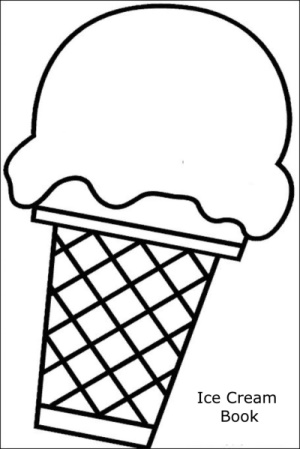
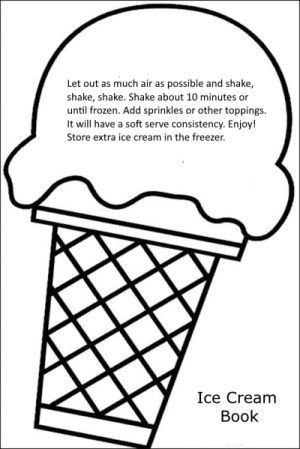
Free Printable Recipe Cards
For the classroom I would print these cards on a piece of colored construction paper and laminate for future use. Great for visual learners. Use these pages if children are writing the recipe in their own book or work on sequencing skills.
Print your own Ice Cream Recipe Cards Here
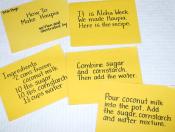
The Science of Making Ice Cream
- What is the Science behind the making of ice cream? The melting and freezing point of liquid is about the same. Water freezes at 32 degrees Fahrenheit. Ice cream freezes at a lower temperature than freezing water. The sugar in the ice cream mixture prevents it from freezing at 32 degrees. Therefore, we can’t use just ice to chill the ice cream mixture because the ice will melt before the ice cream mixture gets cold enough to become solid.
Salt is the "magic" component because it lowers the freezing point of water. Packing this and the ice cubes around the ice cream mixture allows it to cool enough so that it starts to thicken and freeze before the ice melts completely.
Scientific Processes
ObservationOther Liquid and Solid Edible Experiments
Making Butter
- Here is another activity we did in class to demonstrate Liquids and Solids. Click How to Make Butter for more details.

